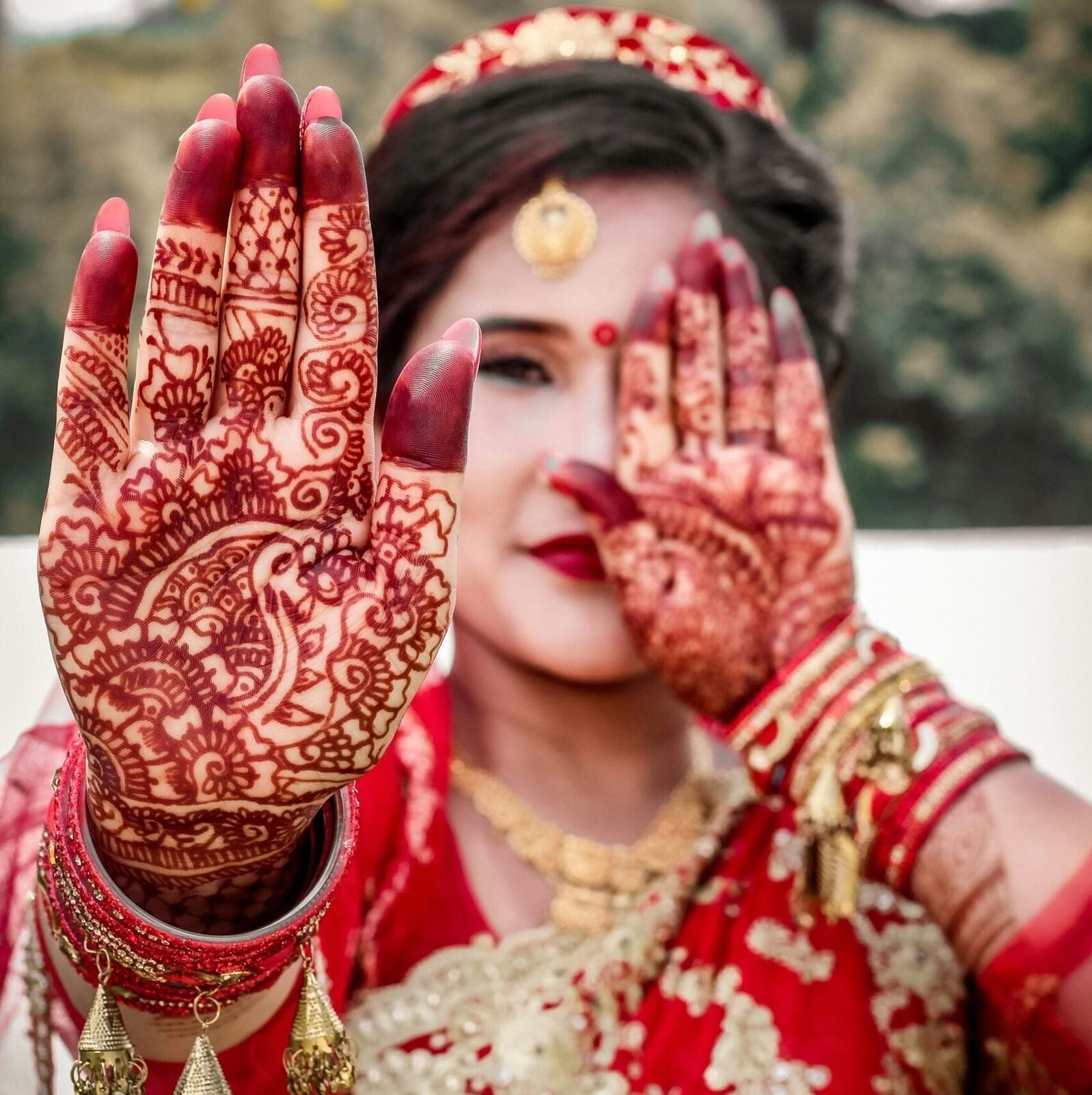Celebrating Traditions: A Guide to Mehendi Designs for Every Indian Celebration
The Significance of Mehendi in Indian Culture
Mehendi holds a revered place in Indian culture, characterized by its intricate designs and symbolic meanings. Originating from ancient practices, Mehendi is not merely an aesthetic adornment but a profound cultural ritual that transcends generations. Traditionally derived from the Lawsonia inermis plant, the application of Mehendi has historical roots that date back thousands of years, signifying beauty, joy, and auspiciousness.
In Indian weddings, Mehendi is especially significant, marking the beginning of joyous celebrations. The bride adorned with lavish Mehendi patterns is seen as a symbol of love and prosperity, believed to strengthen the bond between partners. Furthermore, it is customary for the groom’s family to have their own Mehendi designs, emphasizing unity and family involvement in the festivities. The darker the Mehendi stain, the more intense the love and affection between the couple is thought to be, reinforcing the bond of marriage.
Mehendi extends beyond weddings, playing a pivotal role in various festivals and significant occasions, including Karva Chauth, Diwali, and Eid. Each celebration encapsulates unique rituals where Mehendi enhances the vibrancy and spirit of the event. For instance, during Karva Chauth, women apply Mehendi as a gesture of love towards their husbands, reflecting their devotion and commitment. Conversely, during Eid, Mehendi serves as a form of artistic expression among women, celebrating the festive atmosphere and Islamic traditions.
Regional variations of Mehendi practices across India further highlight the cultural diversity inherent in the country. Different communities incorporate distinct designs, techniques, and colors, showcasing the unity and complexity of Indian traditions. From South Indian floral motifs to North Indian geometric patterns, each style tells a story, enriching the cultural tapestry of the nation and preserving the significance of Mehendi for future generations.
Modern Mehendi Designs for Every Occasion
Mehendi, or henna, has transcended its traditional roots to evolve into a modern art form that beautifully complements various contemporary celebrations. Today, Mehendi designs are not just limited to weddings; they grace festivals like Eid and Diwali and can even be seen adorning hands during casual gatherings. A current trend is to blend traditional motifs with modern aesthetics, creating stunning patterns that appeal to the younger generation while honoring their cultural heritage.
Bridal Mehendi remains a standout category, with intricate designs that often depict stories or personal symbols unique to the bride and groom. Trends now feature designs that incorporate floral elements, mandalas, and geometric shapes, setting a chic yet classic tone for the celebrations. For festivals, Mehendi patterns can vary significantly. Festive designs for Eid might emphasize floral patterns and crescents, symbolizing renewal and beauty, while the vibrant patterns for Diwali may include motifs of diyas (lamps) and rangoli elements, celebrating the festival of lights.
For everyday celebrations, more casual Mehendi designs have gained popularity. These designs often feature simpler and more minimalistic patterns, which allow for quick application without sacrificing style. Popular motifs include minimalist leaves, geometric shapes, and dots that can be drawn on the palms or wrists, making them perfect for gatherings, parties, or personal milestones.
When selecting a Mehendi design, it’s essential to consider the event’s nature, personal style, and even skin tone. Designs can vary in contrast and intricacy based on these factors. To help you navigate through this exciting selection, various curated collections of modern Mehendi designs are readily available, providing inspiration for your next celebration. Here, you can find ideas that resonate with your personal aesthetic while perfectly harmonizing with any occasion.

